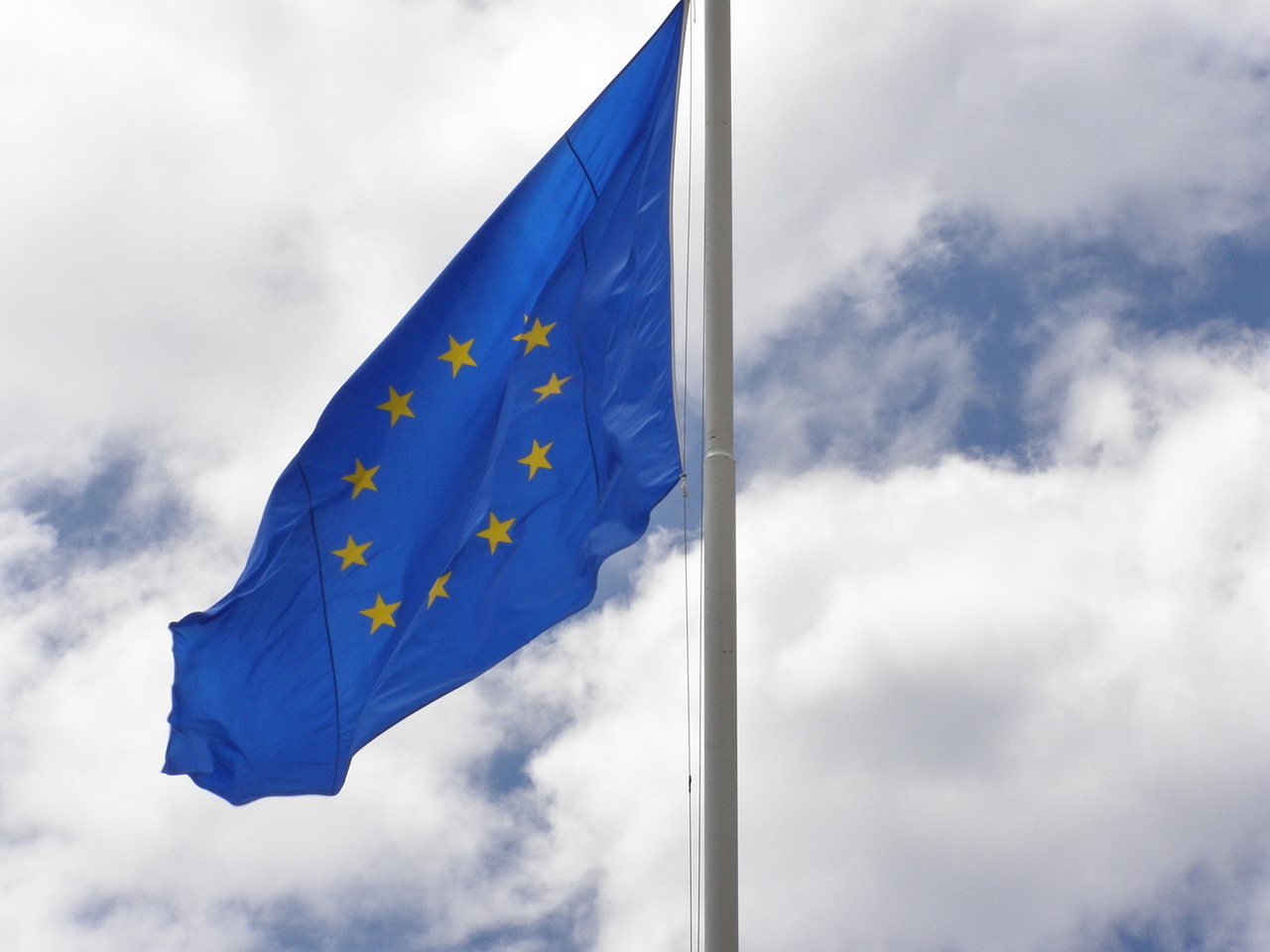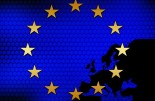DWS: Eurozone inflation surprised on the downside
DWS: Eurozone inflation surprised on the downside

Eurozone inflation surprised on the downside. Following a rise of 2.2% in April, the cost of living increased by just 1.9% in May. This was the lowest increase since September 2024.
Ulrike Kastens, economist at DWS, on inflation figures in the Eurozone
Prices for services contributed most to this favorable inflation trend. While they rose by 4.0% in April — partly due to the late Easter holiday — they increased by only 3.2% in May. Consequently, the core rate fell from 2.7% in April to 2.3% in May. The European Central Bank is likely to be very satisfied with both of these developments. As wage increases continue to weaken, as recently indicated by first-quarter negotiated wage agreements, underlying price pressure on service prices is also likely to ease further in the coming months. On top of this, the effects of the euro's appreciation have yet to be reflected in the cost of living. As in previous months, the price of durable consumer goods increased by 0.6% in May. This could lead to further price relief in the coming months.
Today's inflation data confirm the ECB's expectation that the disinflationary trend is well on track. This is also likely to be reflected in the new inflation projections to be presented at the ECB meeting on Thursday. We expect the inflation projection for 2025 to be lowered. This should give the ECB room to reduce the key interest rate to 1.75% beyond June.




